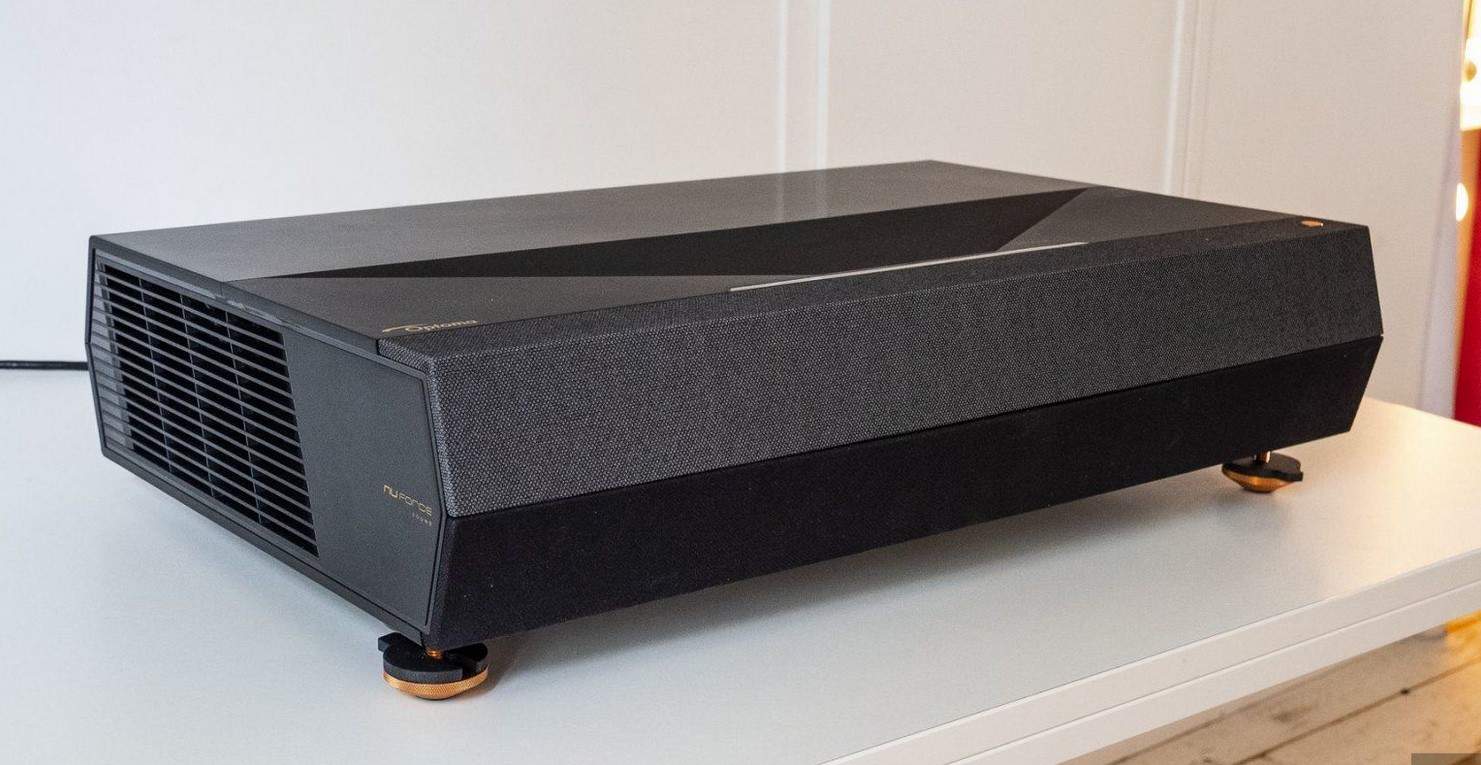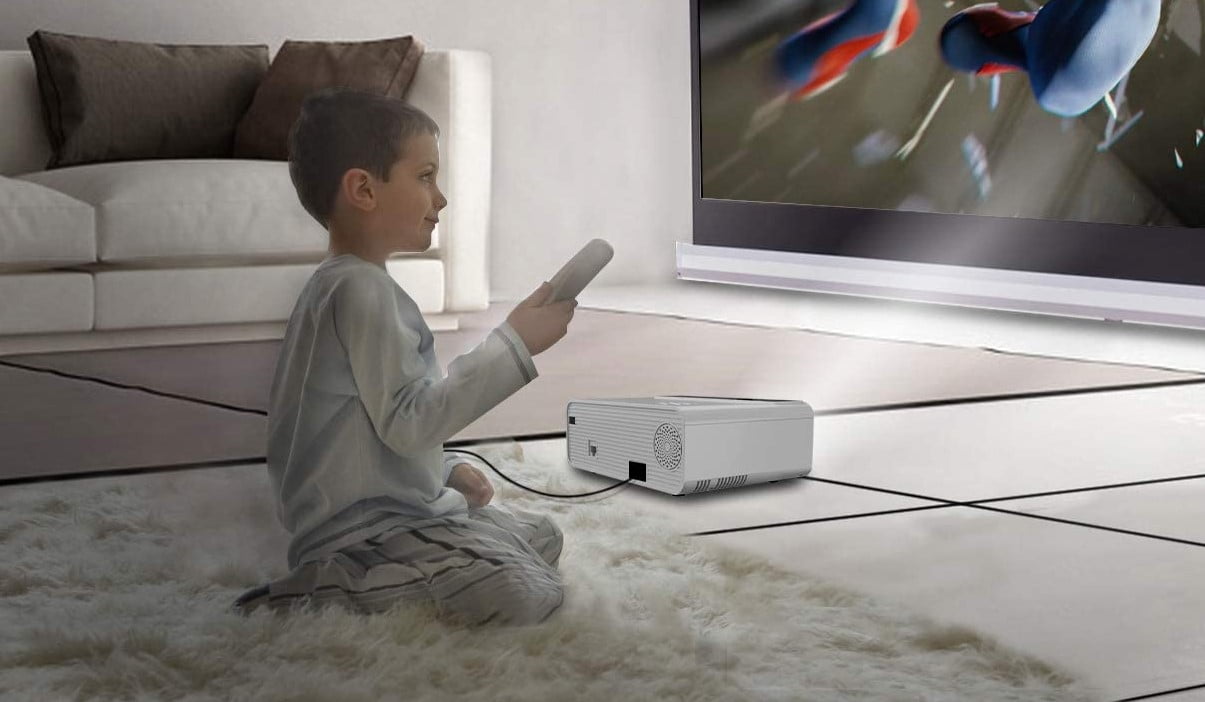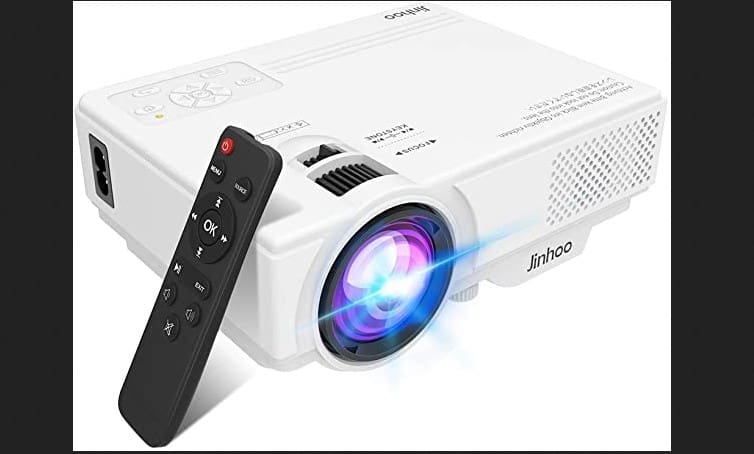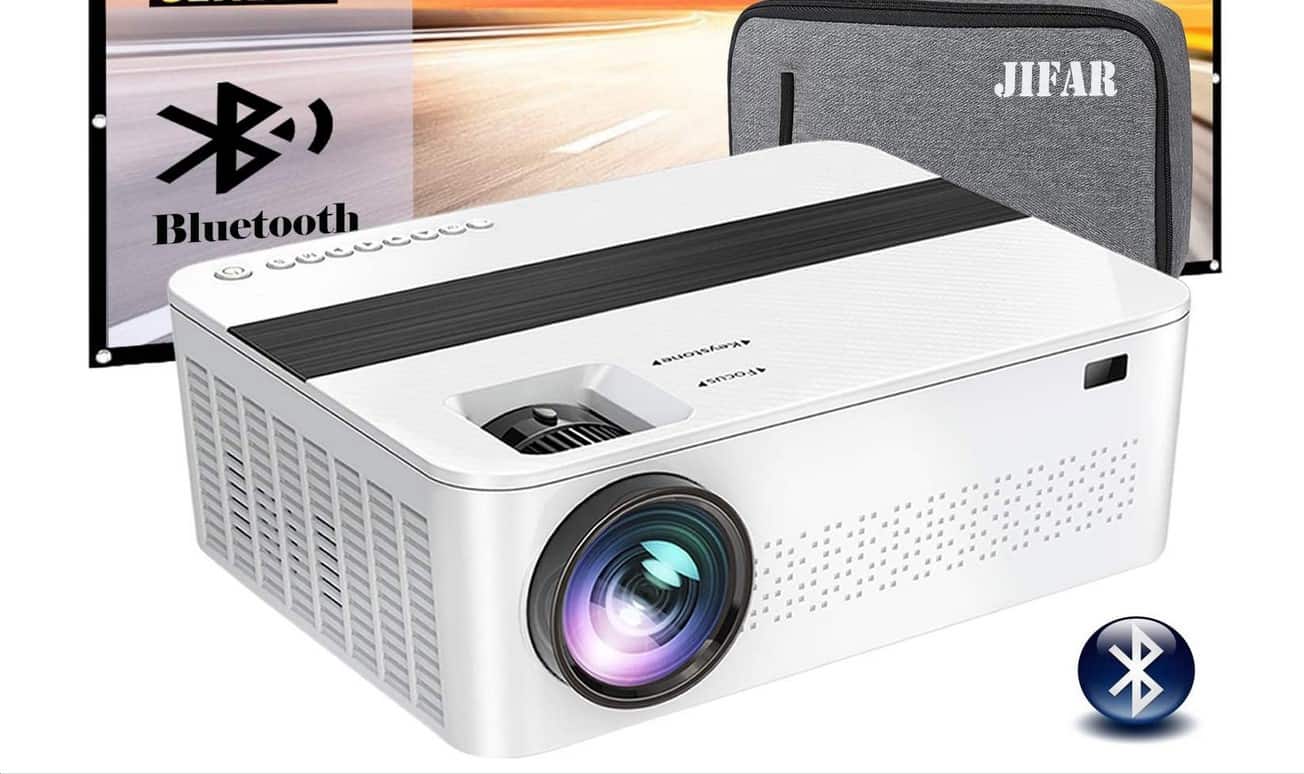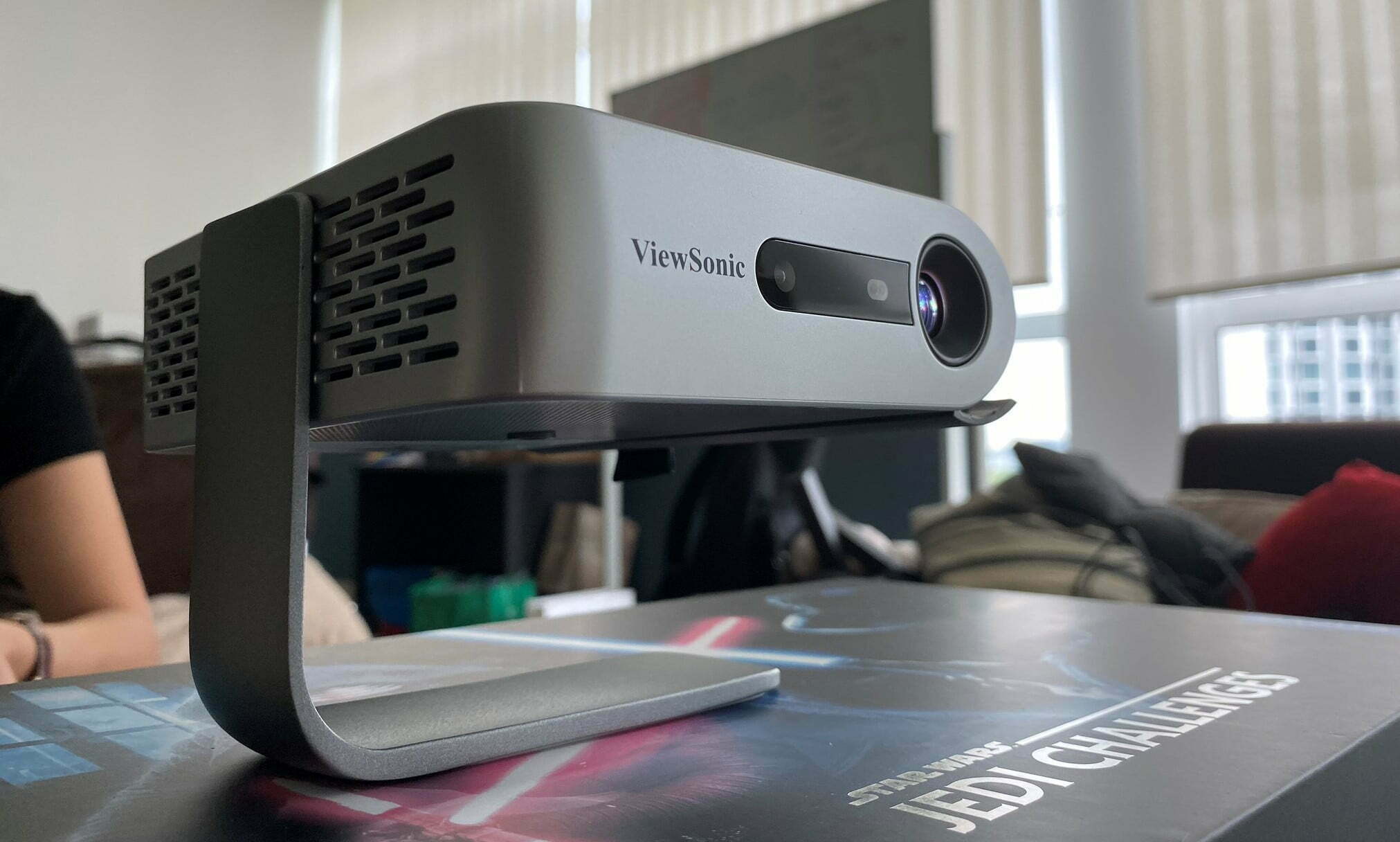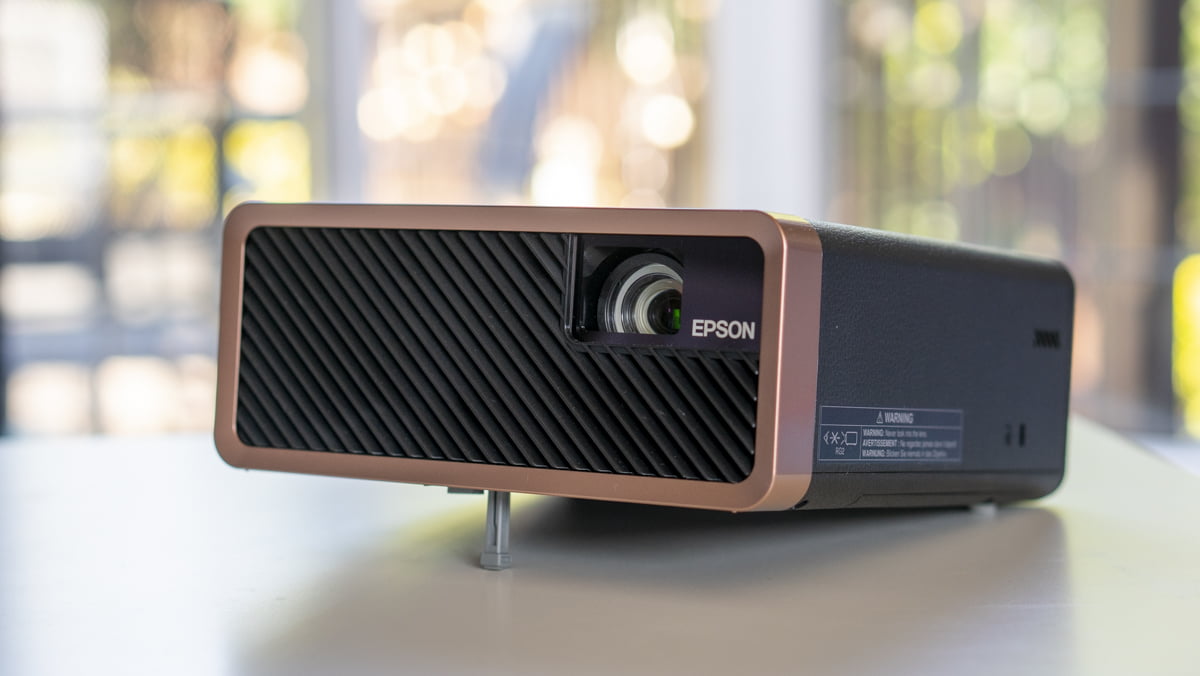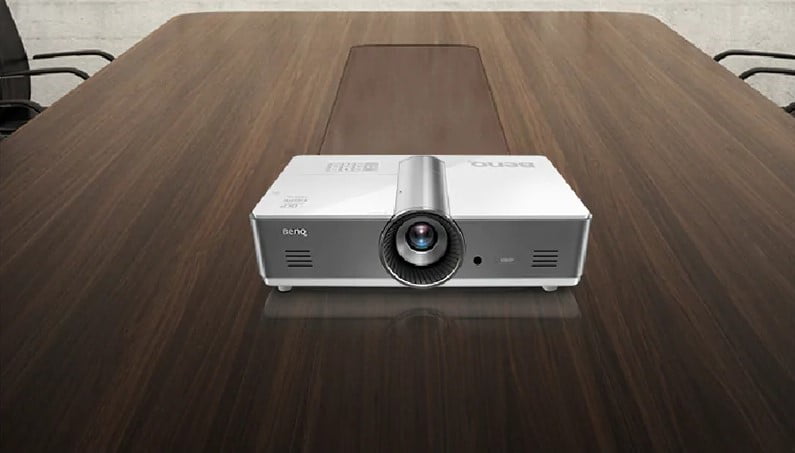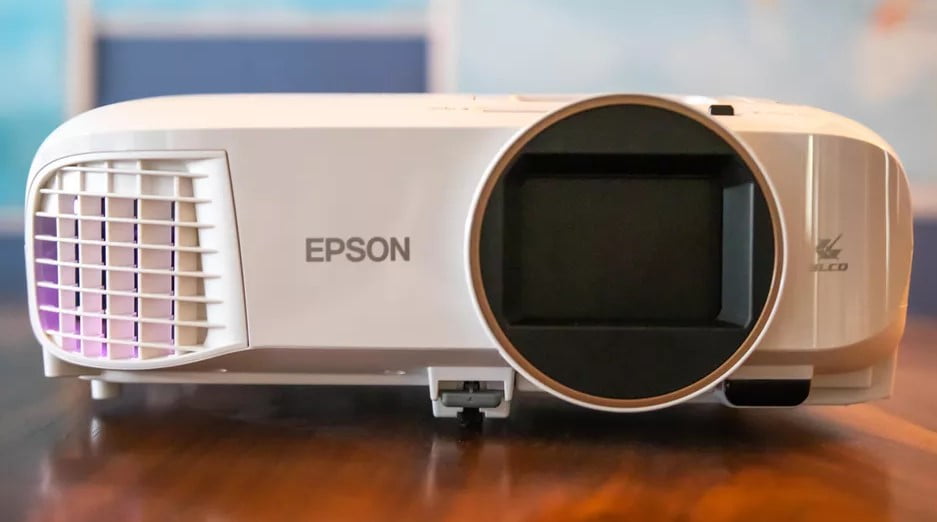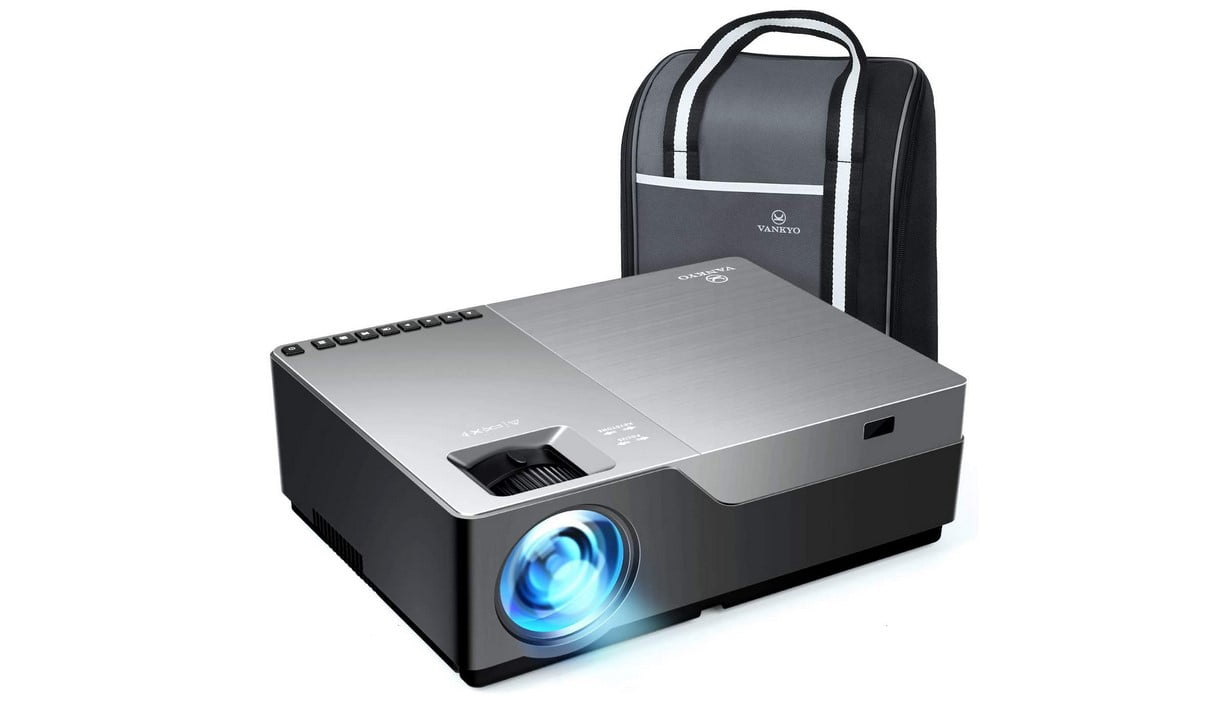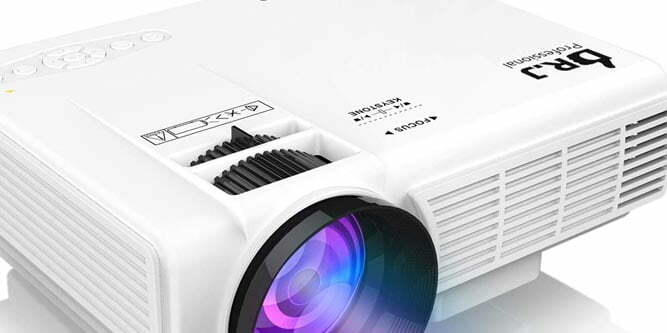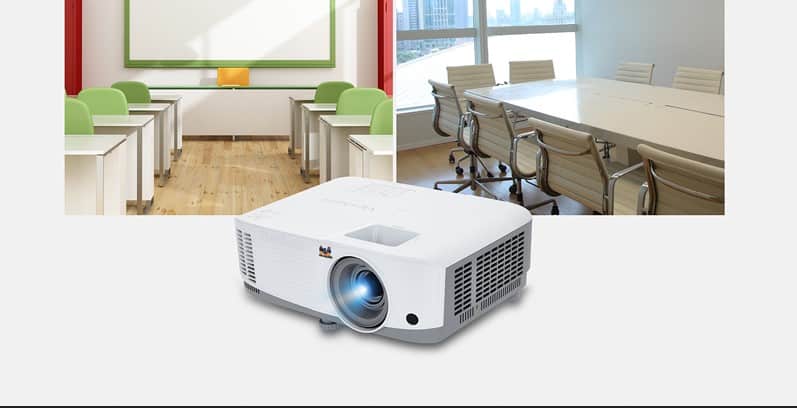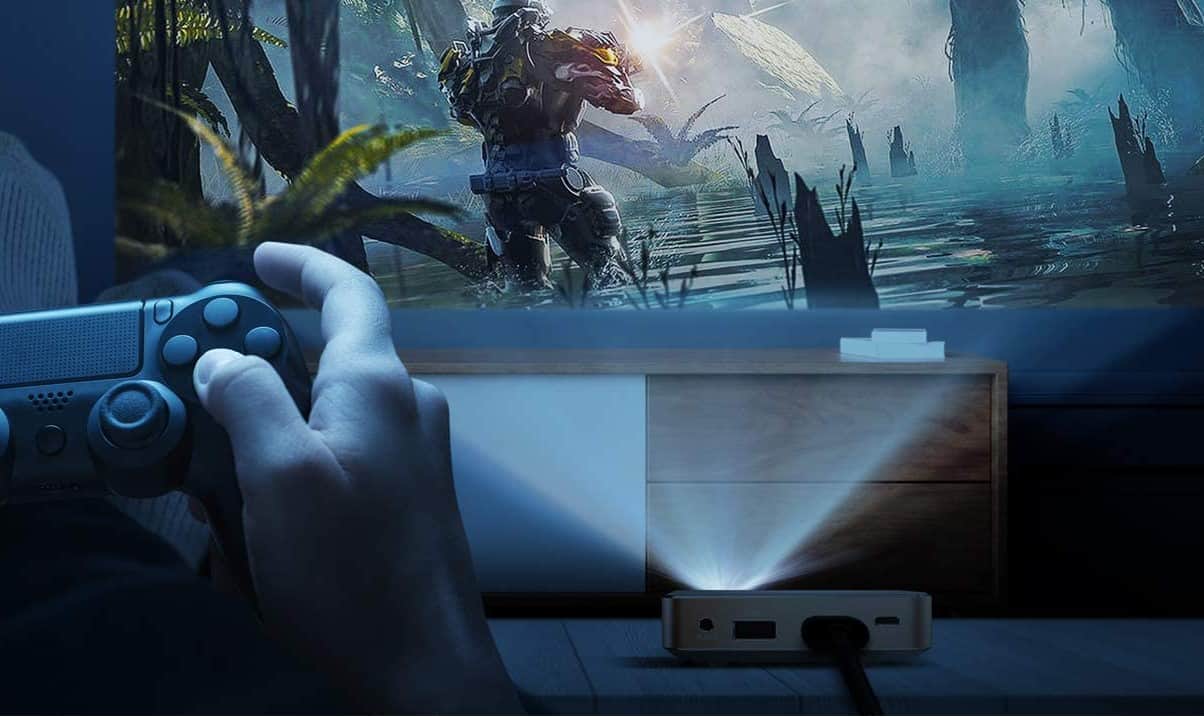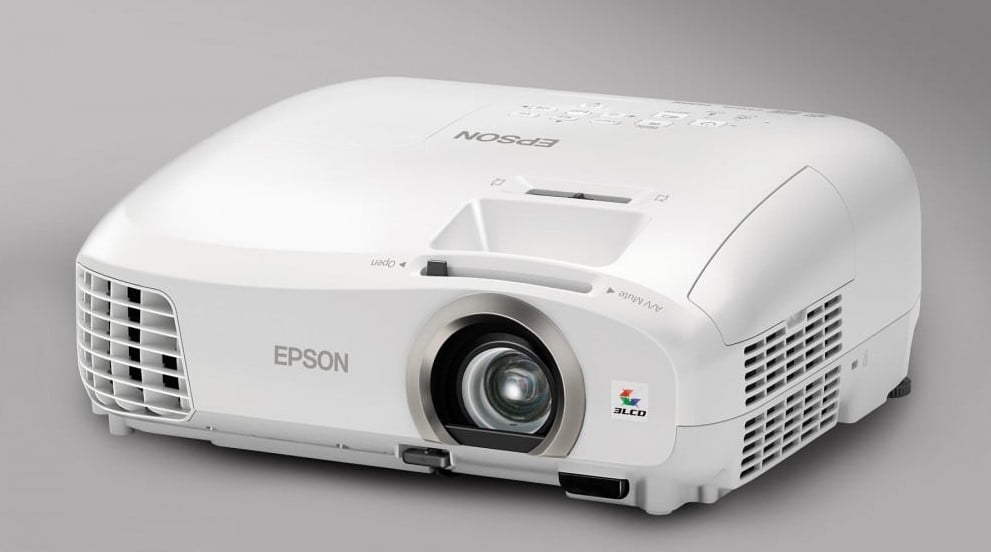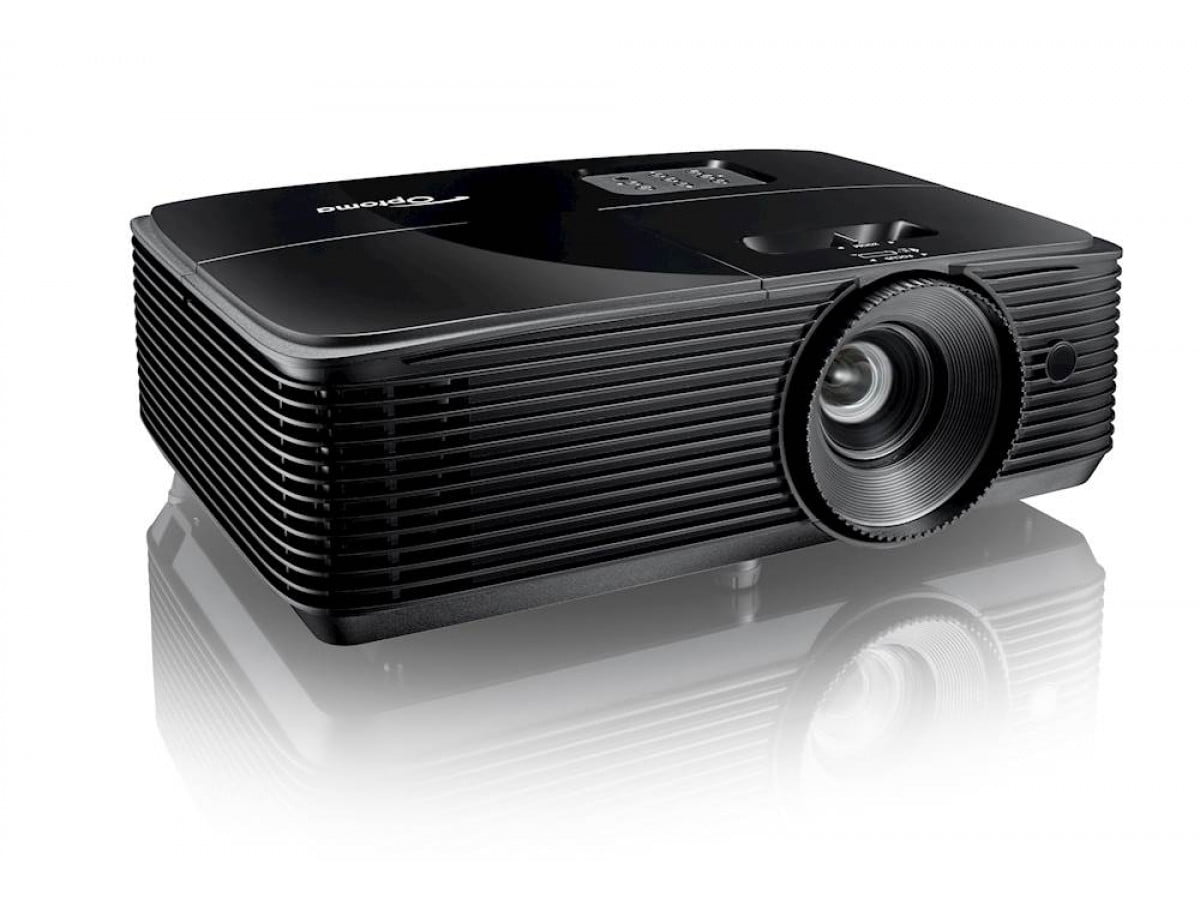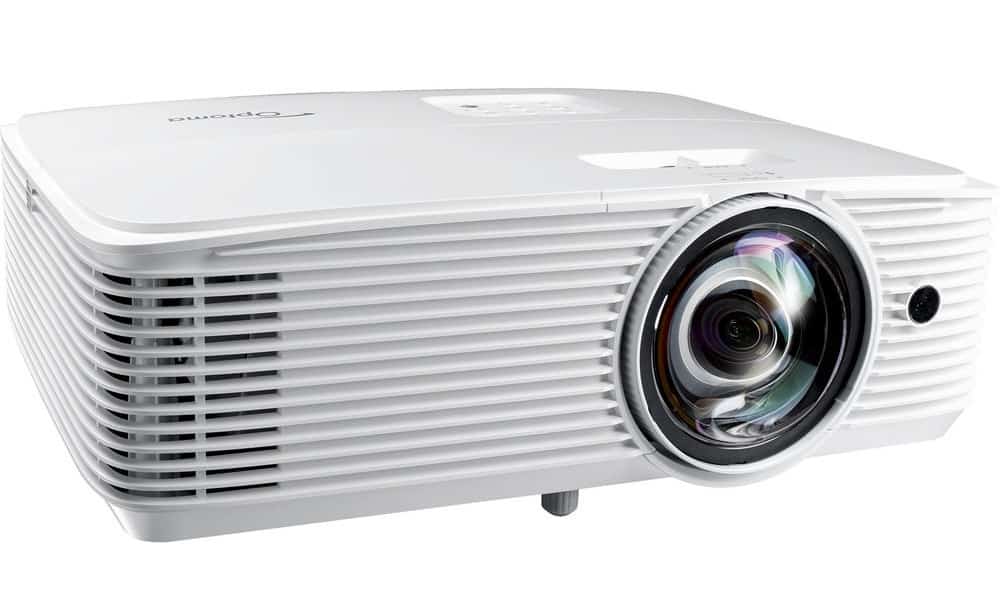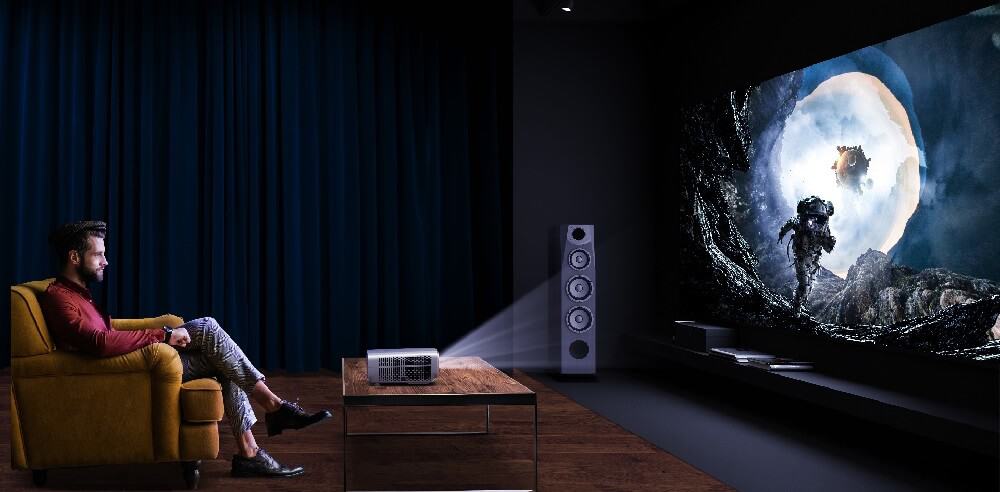Many consumers wonder which is more important for a projector: native resolution vs supported resolution. However, the best projectors will have a high native resolution and an even higher supported one. Native resolution refers to the projector’s actual resolution, while supported describes the resolutions, both higher or lower, supported by the device through scaling. To determine which device is ideal for you, you should consider whether it is a fixed screen vs. a pull-down projector that you want.
KEY TAKEAWAYS:
- The native resolution refers to the pixels on the digital micromirror device within the projector or within the produced image.
- Any resolution higher or lower than the native resolution shown in the picture or movie through scaling is referred to as its supported resolution.
- The resolution of an image does not affect the contrast ratio of the projector, even after scaling.
Difference Between Native Resolution and Supported Resolution of Projectors
When deciding on a projector, you will have to determine both the native resolution and supported resolution. Because these terms refer to features of the same device, they cannot be compared traditionally. However, the difference between the two is that they represent different resolutions, as does a projector’s maximum resolution. Additionally, certain signal formats can be scaled easier than others. If you are considering purchasing a device for business or school, you may also be interested in reading about a video projector vs. an overhead projector.
Insider Tip
Native resolution is the number of pixels on the DMD chip, supported describes the resolutions that can be scaled to be shown on the screen.
Image Quality Differences Between Native Resolution and Supported
Many projectors have a native resolution of up to full HD, though some 4K projectors have begun coming out. Full HD resolution refers to images with 1920×1080 pixels on the DMD chip or within the LCD panel, measuring horizontal pixels by vertical pixels. Thus, the resolution describes an image that is 1920 pixels wide. For projectors with lower resolutions, the device may need to scale the image from the output resolution shown on the screen. Supported resolution refers to the resolutions that the device can scale up or down to show the image. So, a full HD device that scales an image up to this resolution supports the original resolution of the picture or video. Visit our resource article for an in-depth comparison of Full HD vs WXGA resolution.
Maximum Resolution for Projectors
Maximum resolution refers to the highest resolution that the projector can process and scale down to your projector’s native resolution. However, if your projector cannot scale any resolution down that is higher than the native resolution, your native resolution is the same as the maximum resolution. In some cases, signals are formatted in a way that they can be compressed to other resolutions, such as HDMI, which is designed to easily scale down. As 4K content releases, many consumers with full HD resolution devices will need to compress 4K content.
Scaling Effects on Image Quality
Many models that feature scaling show differences in picture quality, resulting from the differences caused by scaling. When an image is scaled down to match the native resolution, its resolution will only be as good as the native resolution of the projector model. As a result, the image will not appear as detailed as it would be in its original form. Additionally, a scaled-up image can only be as good as its original. As a result, the details of a full HD image cannot be fully represented using the fewer pixels of the model.
Contrast Ratio of Scaled Images
As mentioned above, the details on scaled images are not as good as they could be. This feature can affect the apparent contrast between dark and light within the image. However, the contrast ratio is not lessened or increased compared to the device’s ratio. Therefore, if the image has a higher contrast between brights and darks, it will still show the same on the projector because it can only show so much contrast.
Warning
A projector may have a higher supported resolution than its native resolution, so you should always check the product description to find out the native resolution.
F.A.Q.S
What is native resolution and how does it differ from maximum resolution?
The native resolution refers to the device’s actual resolution, while the maximum resolution refers to the highest resolution that can be scaled to the native resolution.
How does the projector handle a signal in a resolution other than its native resolution?
The projector translates or scales the image to match its native resolution.
Is a higher resolution better?
A higher resolution allows for better picture quality by enhancing the details of an image.
STAT: Most of the new M+ technology was employed on 4K TV sets which led to controversy after tests showed that the addition of a white sub-pixel replacing the traditional RGB structure would reduce the resolution by around 25%. (source)
REFERENCES:
- https://epson.com/projector-guide-how-to-buy-a-projector-resolution
- https://www.benq.com/en-us/support/downloads-faq/faq/product/application/projector-faq-01778.html
- https://en.wikipedia.org/wiki/1080pr
- https://www.viewsonic.com/library/entertainment/choosing-the-right-projector-resolution-for-your-needs/
- https://www.youtube.com/watch?v=Y0dwprCZOqI

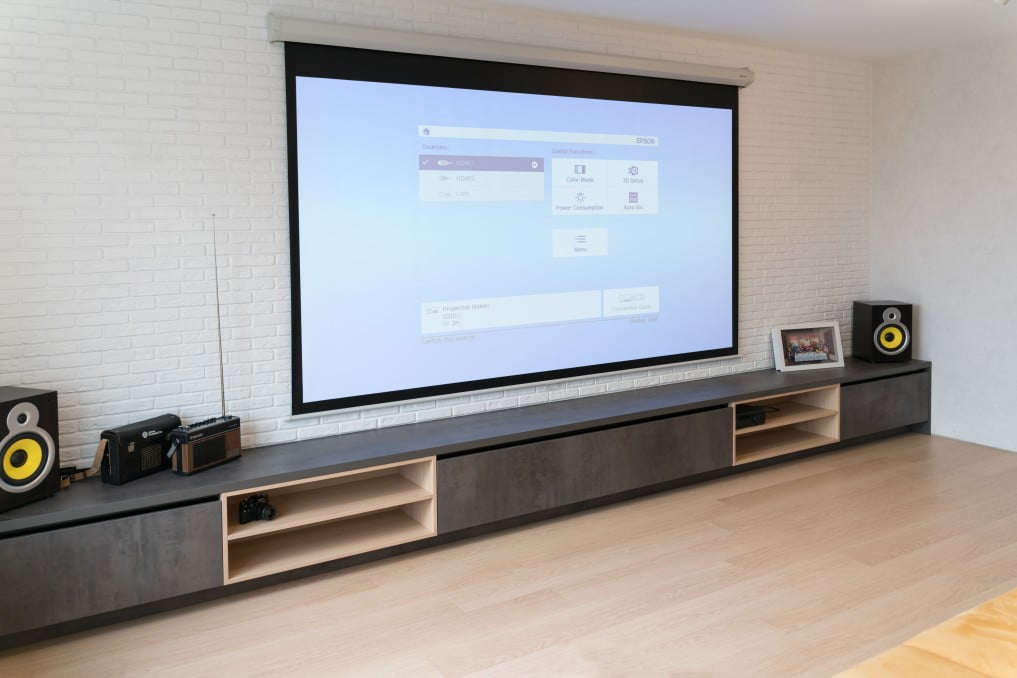














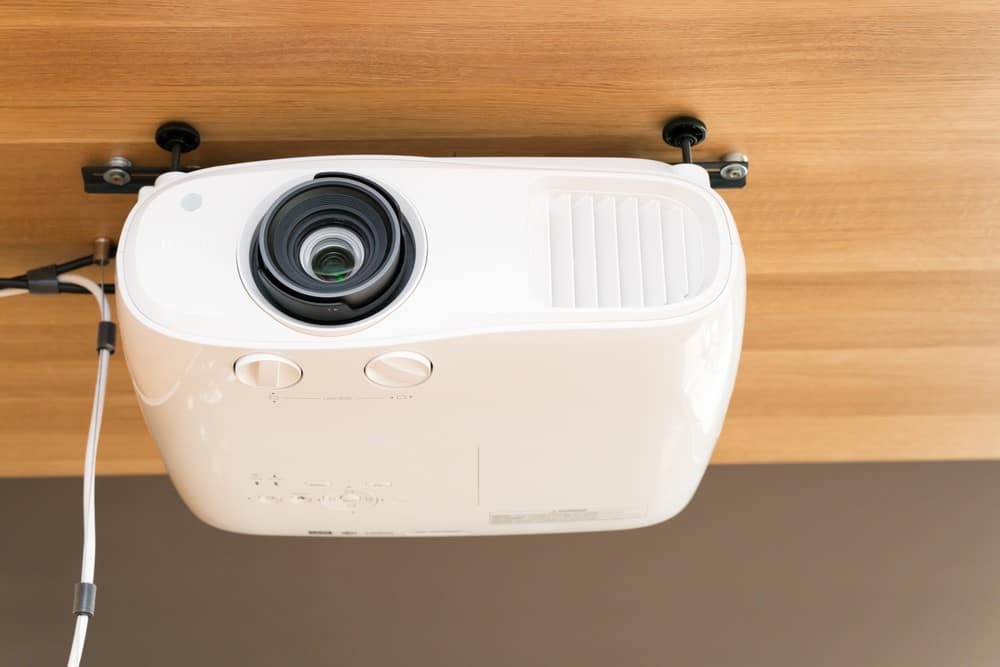
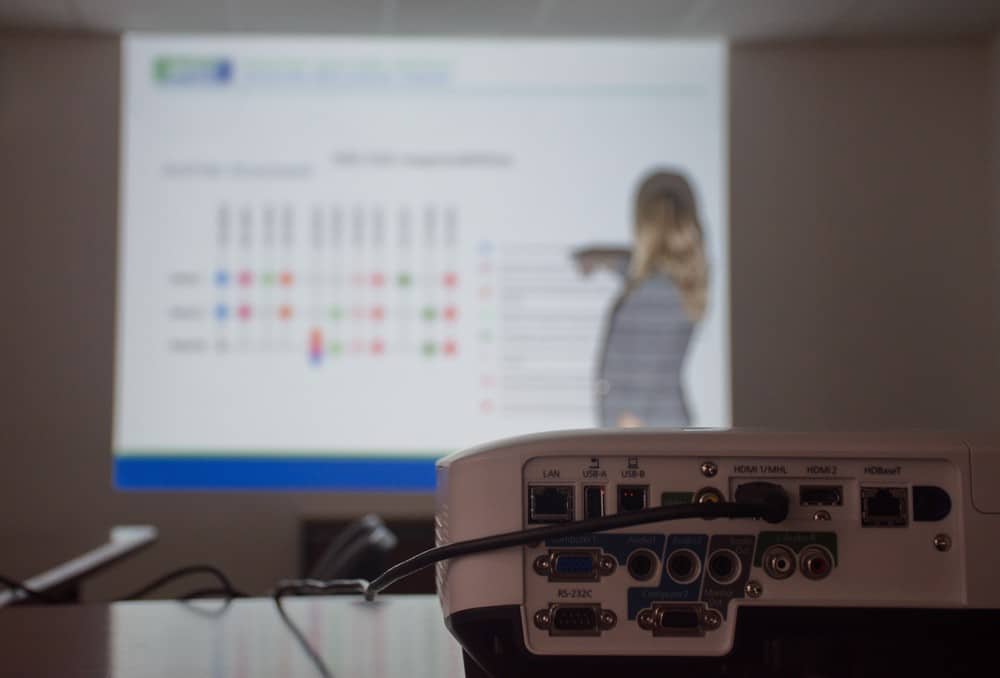



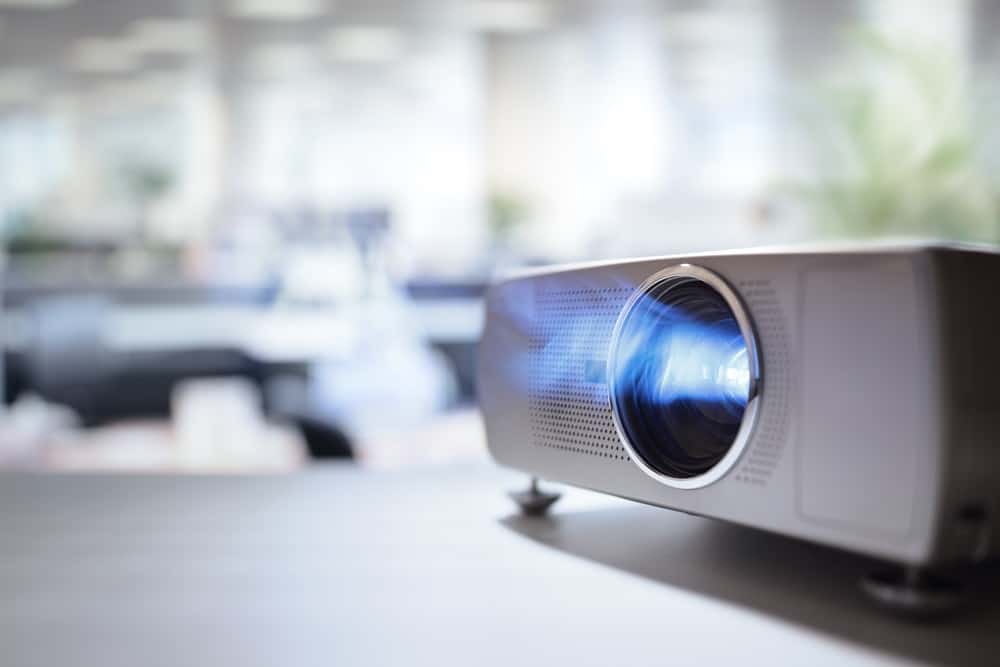
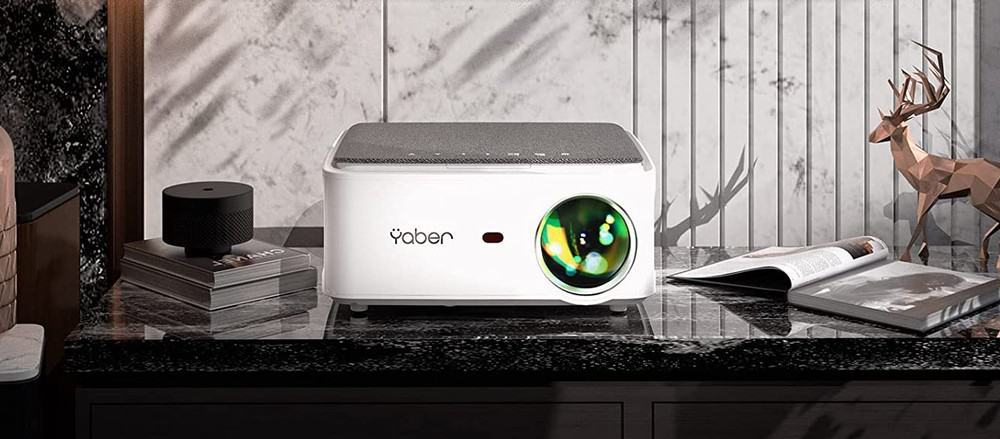

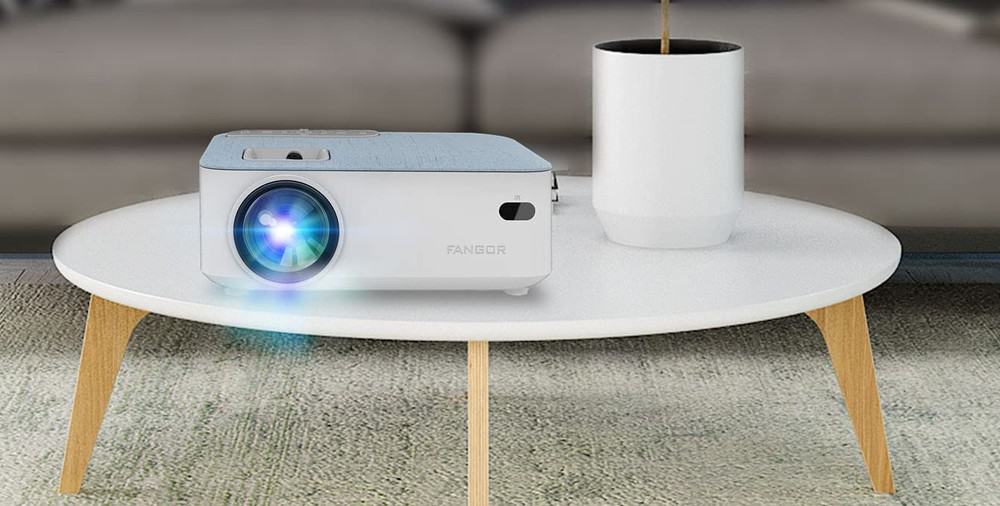

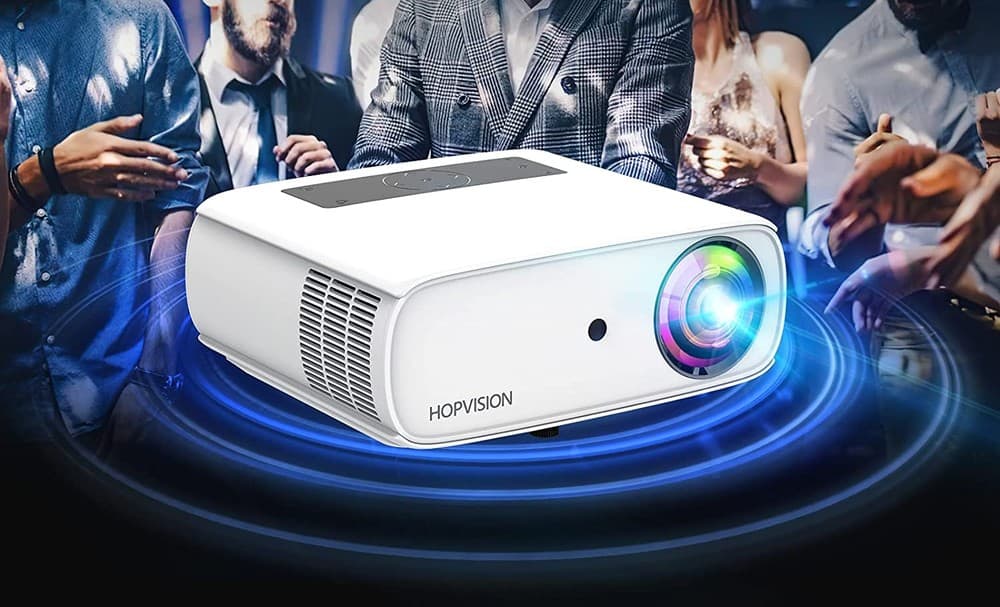


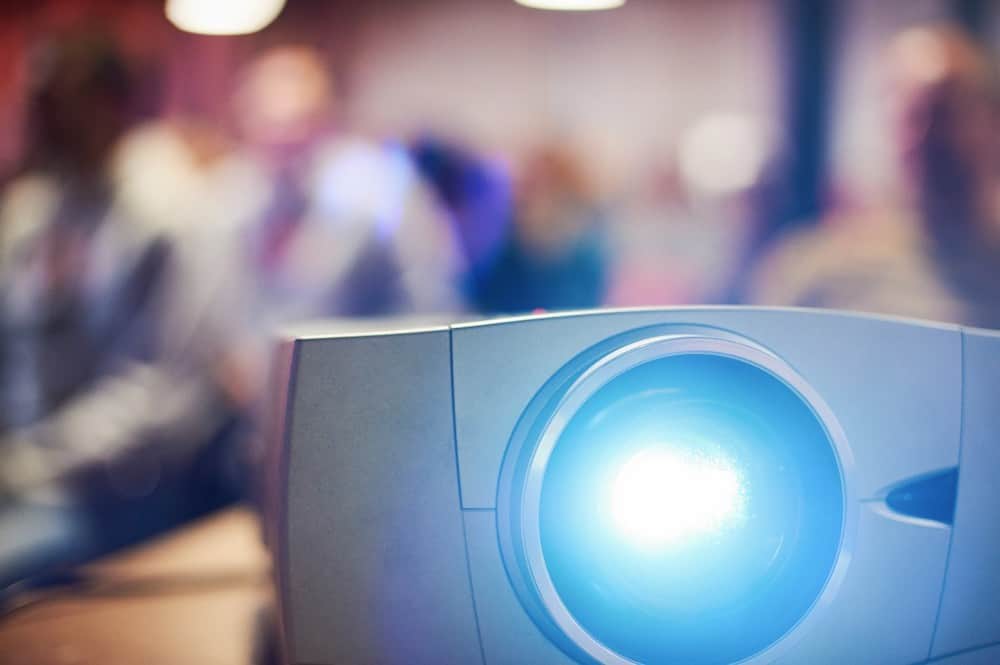
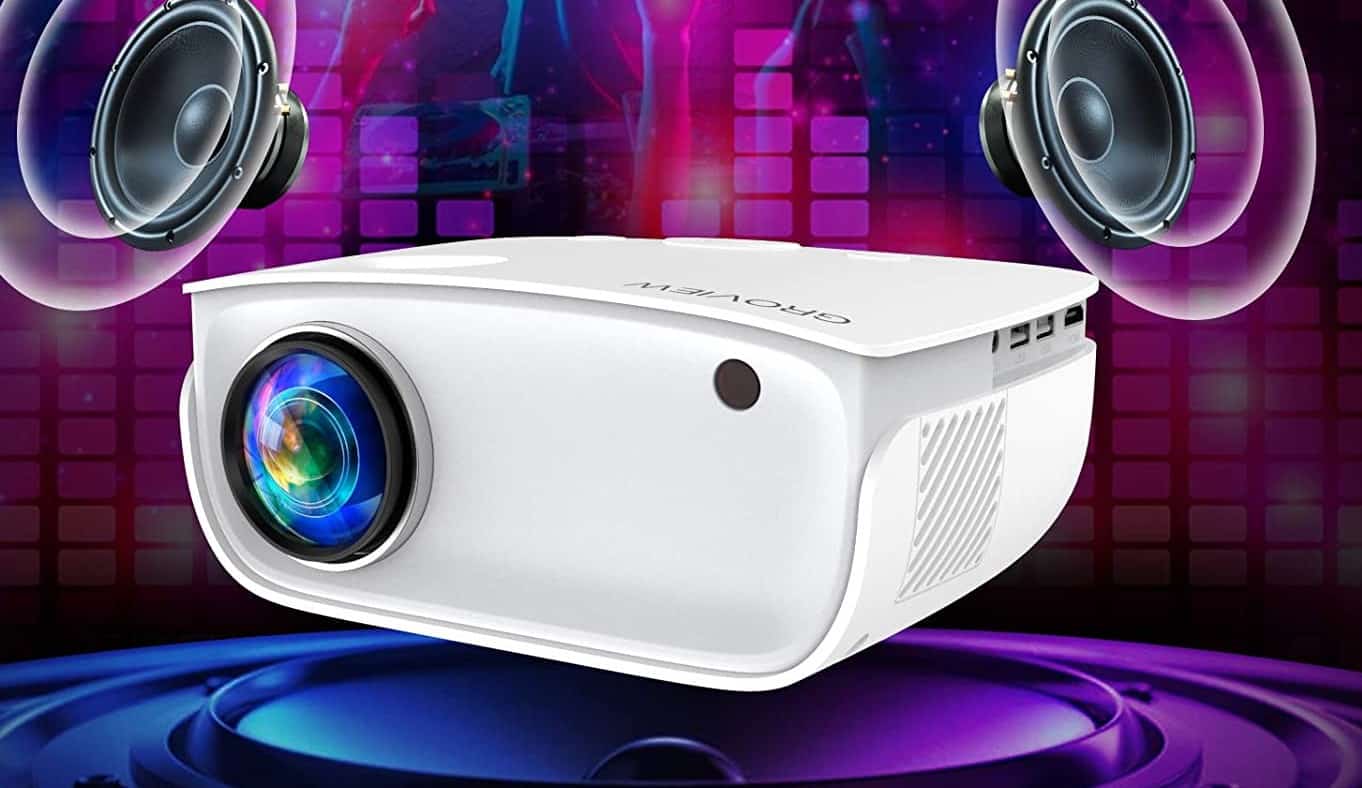
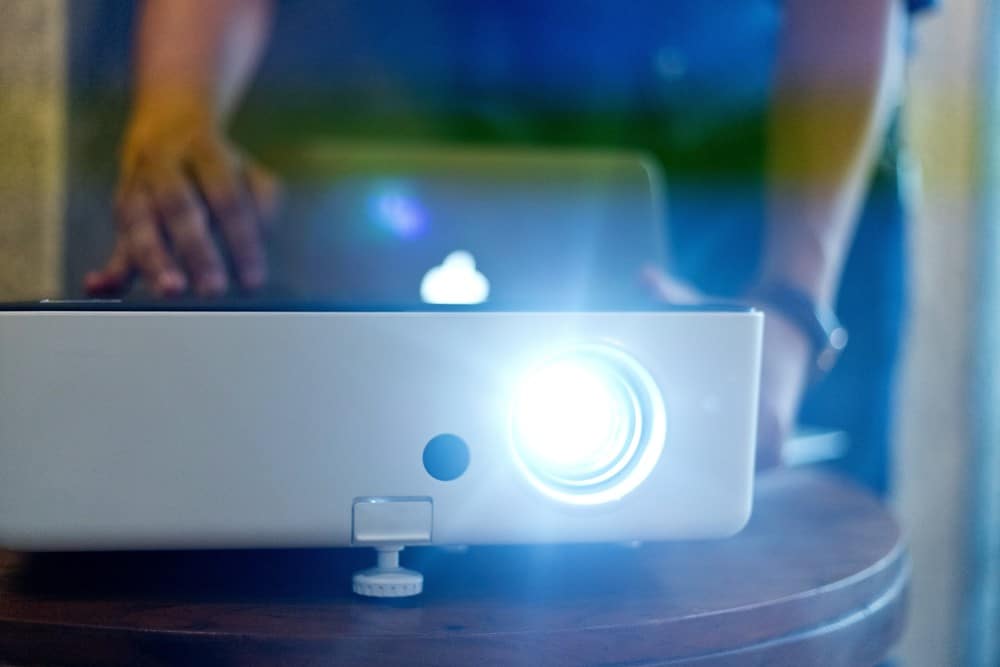

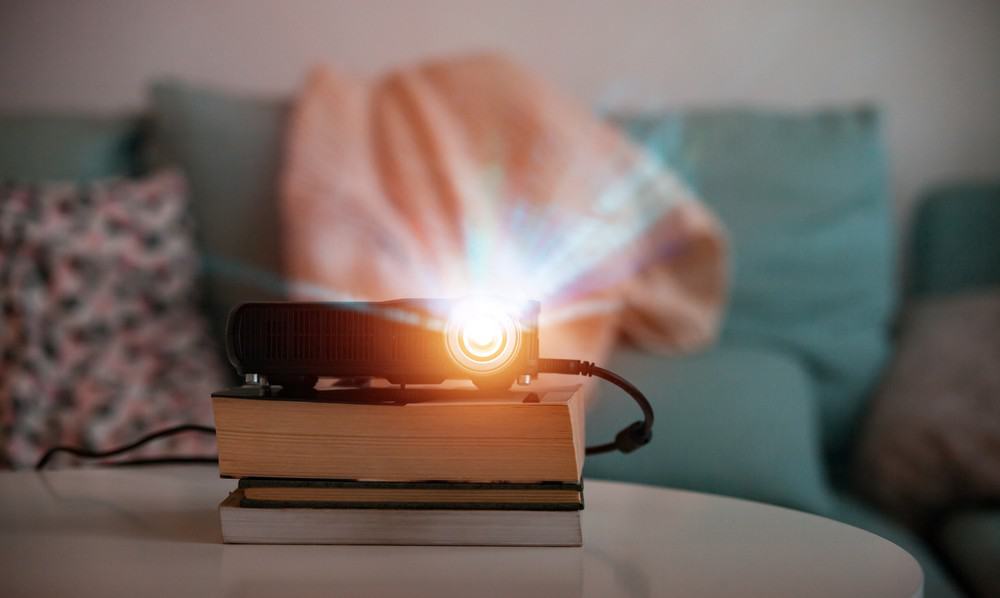
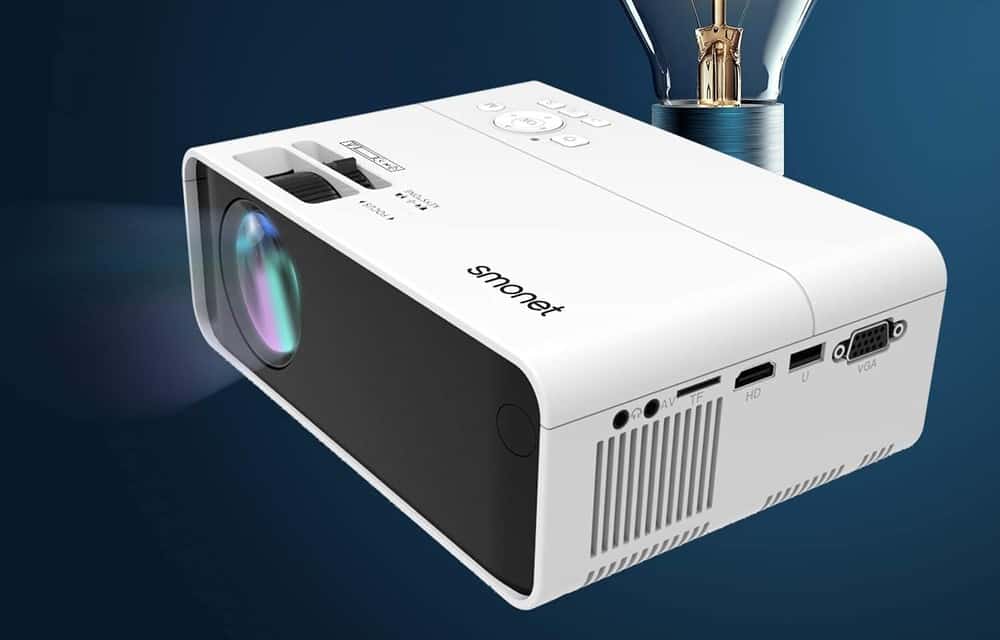
![Best Projectors for Daylight Viewing in [year] 27 Best Projectors for Daylight Viewing in 2025](https://www.gadgetreview.dev/wp-content/uploads/best-projector-for-daylight-viewing-image.jpg)
![Best Samsung Projectors in [year] 28 Best Samsung Projectors in 2025](https://www.gadgetreview.dev/wp-content/uploads/best-samsung-projectors-image.jpg)
![Best NEC Projectors in [year] 29 Best NEC Projectors in 2025](https://www.gadgetreview.dev/wp-content/uploads/best-nec-projectors-image.jpg)
![Best Acer Projectors in [year] 30 Best Acer Projectors in 2025](https://www.gadgetreview.dev/wp-content/uploads/best-acer-projectors-image.jpg)
![Best Quiet Projectors in [year] 31 Best Quiet Projectors in 2025](https://www.gadgetreview.dev/wp-content/uploads/best-quiet-projector-image.jpg)
![Best Projectors for Golf Simulator in [year] 32 Best Projectors for Golf Simulator in 2025](https://www.gadgetreview.dev/wp-content/uploads/best-projector-for-golf-simulator-image.jpg)
![Best Conference Room Projectors in [year] 33 Best Conference Room Projectors in 2025](https://www.gadgetreview.dev/wp-content/uploads/best-conference-room-projector-image.jpg)
![Best InFocus Projectors in [year] 34 Best InFocus Projectors in 2025](https://www.gadgetreview.dev/wp-content/uploads/best-infocus-projectors-image.jpg)
![Best Mini Projector in [year] ([month] Reviews) 35 Best Mini Projector in 2025 (December Reviews)](https://www.gadgetreview.dev/wp-content/uploads/best-mini-projector-image.jpg)
![Best Panasonic Projectors in [year] 36 Best Panasonic Projectors in 2025](https://www.gadgetreview.dev/wp-content/uploads/best-panasonic-projectors-image.jpg)
![Best Sony Projectors in [year] 37 Best Sony Projectors in 2025](https://www.gadgetreview.dev/wp-content/uploads/best-sony-projectors-image.jpg)
![Best Projector Stands in [year] 38 Best Projector Stands in 2025](https://www.gadgetreview.dev/wp-content/uploads/best-projector-stand-image.jpg)
![Best Ultra Short Throw Projectors in [year] 39 Best Ultra Short Throw Projectors in 2025](https://www.gadgetreview.dev/wp-content/uploads/best-ultra-short-throw-projector-image.jpg)
![Best Projectors for a Living Room in [year] 40 Best Projectors for a Living Room in 2025](https://www.gadgetreview.dev/wp-content/uploads/best-projector-for-living-room-image.jpg)
![Best RCA Projectors in [year] 41 Best RCA Projectors in 2025](https://www.gadgetreview.dev/wp-content/uploads/best-rca-projectors-image.jpg)
![Best Optoma Projectors in [year] 42 Best Optoma Projectors in 2025](https://www.gadgetreview.dev/wp-content/uploads/best-optoma-projectors-image.jpg)
![Best BenQ Projectors in [year] 43 Best BenQ Projectors in 2025](https://www.gadgetreview.dev/wp-content/uploads/best-benq-projectors-image.jpg)
![Best Projectors for Church in [year] 44 Best Projectors for Church in 2025](https://www.gadgetreview.dev/wp-content/uploads/best-projector-for-church-image.jpg)
![Best Projectors for Classroom in [year] 45 Best Projectors for Classroom in 2025](https://www.gadgetreview.dev/wp-content/uploads/best-projector-for-classroom-image.jpg)
![Best Epson Projectors in [year] 46 Best Epson Projectors in 2025](https://www.gadgetreview.dev/wp-content/uploads/best-epson-projector-image.jpg)
